How To Brew Barista-Quality Coffee At Home
Making a great cup of coffee at home can feel like an art form, yet it's more accessible than you might think. Many coffee enthusiasts dream of replicating the rich, flavorful brews they find in their favorite cafes.
Making a great cup of coffee at home can feel like an art form, yet it's more accessible than you might think. Many coffee enthusiasts dream of replicating the rich, flavorful brews they find in their favorite cafes. Luckily, with a few simple techniques and a touch of practice, you can achieve barista-quality coffee right in your kitchen. In this guide, we'll dive into the essentials of brewing great coffee, covering everything from choosing the right beans to mastering your brewing method.
Choosing Quality Coffee Beans
The first step in brewing exceptional coffee is selecting the right beans. Quality coffee starts with high-quality beans, so it's worth investing some time in understanding the different types available. Coffee beans come primarily in two varieties: Arabica and Robusta. Arabica beans are known for their sweeter, more nuanced flavors and are typically favored by coffee lovers. Robusta beans, on the other hand, have a stronger, more bitter taste and contain more caffeine.
When choosing your beans, consider their origin. Coffee beans from different regions have unique flavor profiles due to variations in climate, soil, and altitude. For example, Ethiopian coffees often have floral and fruity notes, while Colombian coffees tend to be well-balanced with chocolate undertones. Look for freshly roasted beans, ideally within a month of roasting. Many local roasters offer subscriptions or small-batch options, allowing you to try different varieties and discover your personal favorites.
Grinding Coffee Beans
Once you have selected your beans, the next step is grinding them. The grind size plays a crucial role in how your coffee will taste, and it’s essential to match the grind to your brewing method. For example, if you are using a French press, you will want a coarse grind to avoid over-extraction and bitterness. If you’re making espresso, a fine grind is necessary to create the right pressure during brewing.
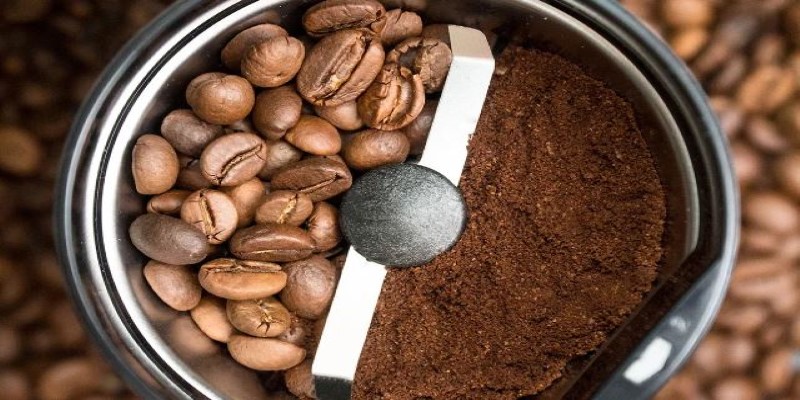
Investing in a good burr grinder is worth the money, as it provides a consistent grind size, which is vital for achieving the best flavor. Blade grinders, while often less expensive, can produce uneven grinds that may lead to a less-than-optimal cup of coffee. Aim to grind your beans just before brewing to preserve the freshest flavors and aromas. Coffee begins to lose its flavor as soon as it is ground, so this step is crucial for brewing barista-quality coffee.
Measuring Coffee And Water
Next, it’s time to measure your coffee and water. The general rule of thumb is to use two tablespoons of coffee for every six ounces of water, but this can be adjusted based on your taste preferences. If you prefer a stronger cup, try increasing the coffee amount slightly. Using a scale to measure both the coffee and water can help you achieve consistency in your brewing process. For most brewing methods, a coffee-to-water ratio of 1:15 to 1:17 is recommended. This means you should use 15 to 17 grams of water for every gram of coffee.
The quality of the water you use is just as important as the coffee itself. If your tap water doesn’t taste good on its own, it will affect the flavor of your coffee. Ideally, use filtered water to ensure your brew is clean and delicious. The temperature of the water is also key; it should be around 195°F to 205°F for optimal extraction. If you don’t have a thermometer, just bring water to a boil and let it sit for about 30 seconds to reach the right temperature.
Brewing Methods
Now that you have your coffee and water ready, let's discuss various brewing methods. Each method has unique characteristics, and trying different ones can help you find what best suits your taste.
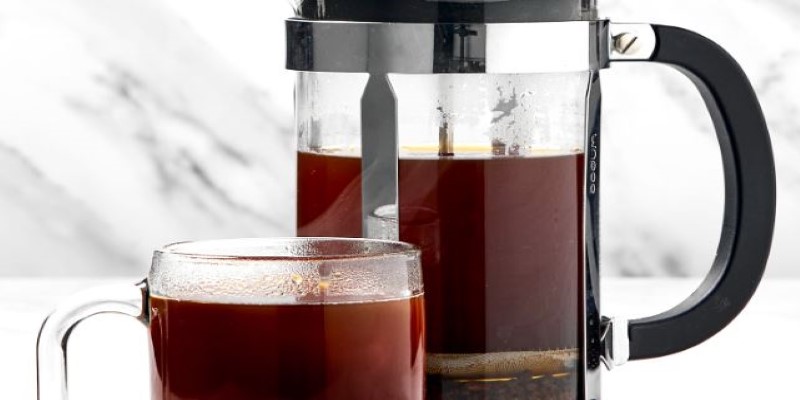
AeroPress
The AeroPress is a versatile and portable brewing device that allows for various brewing styles. Begin by adding medium-fine coffee grounds to the AeroPress chamber. Pour hot water over the grounds and stir to ensure even saturation. Let it steep for about 30 seconds, then press down slowly on the plunger to extract the coffee. The result is a smooth, rich brew that can rival any café.
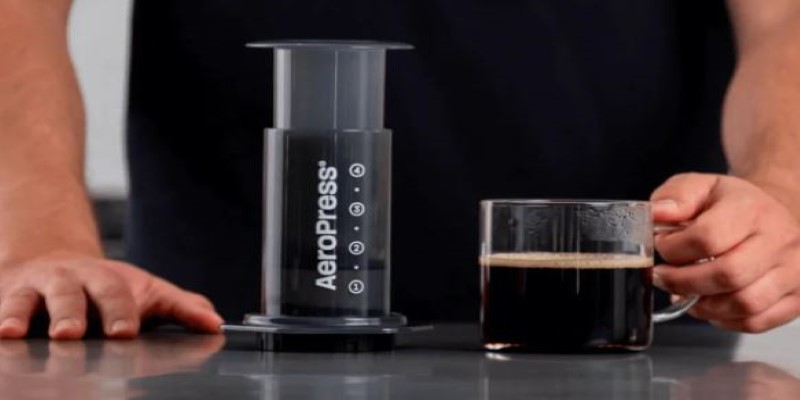
Espresso Machine
For those who love espresso, investing in a good espresso machine can elevate your coffee experience. Use finely ground coffee and pack it firmly into the portafilter. Attach it to the machine and start the brewing process. The espresso should take about 25-30 seconds to extract, resulting in a rich, concentrated shot. From there, you can create various coffee drinks, like lattes or cappuccinos, by adding steamed milk.
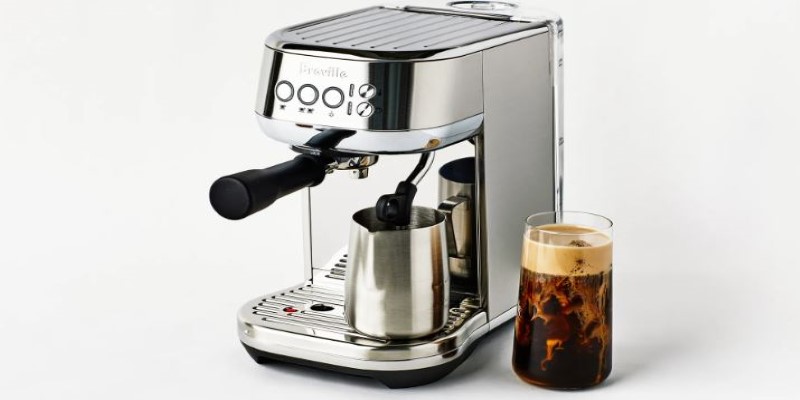
Adding Flavor
Once you’ve perfected your brewing method, you might want to experiment with adding flavor. While many coffee lovers enjoy their brews black, there’s nothing wrong with adding a personal touch. Consider using flavored syrups, spices like cinnamon or nutmeg, or even a splash of vanilla extract. You can also try different milk options, such as oat milk or almond milk, to complement the coffee’s natural flavors.
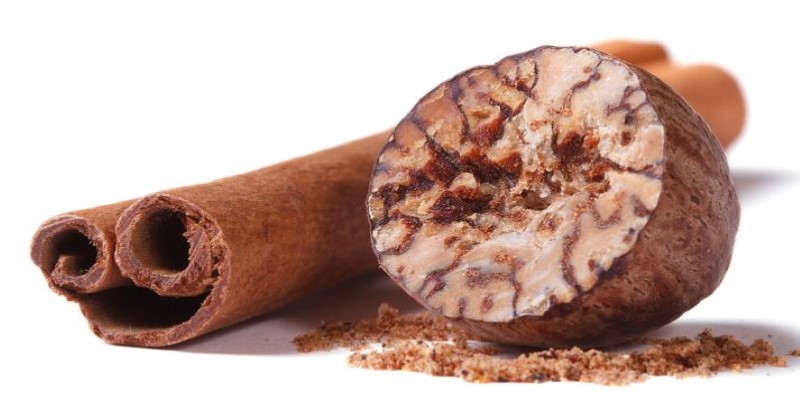
If you’re feeling adventurous, you can even create your own flavored coffee by infusing the grounds with spices or herbs before brewing. Just remember to keep the balance in mind; you want the added flavors to enhance, not overpower, the coffee itself.
Mastering Milk Frothing
If you're interested in making lattes or cappuccinos, mastering the art of milk frothing is essential. Start with fresh, cold milk, as it froths better than warm milk. The most common method for frothing milk is a steam wand, but you can also use a handheld frother or a French press.
If you have a steam wand, insert it just below the surface of the milk and turn on the steam. Move the pitcher in a circular motion to incorporate air, which creates the microfoam. Once the milk reaches about 150°F, you can stop frothing. For other frothing methods, simply immerse the frother into the milk and move it up and down until frothy.
Conclusion
Brewing barista-quality coffee at home is not just a skill; it’s a rewarding journey that allows you to experiment and find what you love. With the right beans, equipment, and techniques, you can create a coffee experience that rivals your favorite café. Don’t be afraid to experiment and make adjustments based on your taste preferences. Whether you enjoy a rich espresso, a smooth pour-over, or a refreshing cold brew, the key is to have fun and enjoy the process. With practice, you’ll find yourself brewing delicious coffee that brings the café experience right to your kitchen.